Curious Questions: Who invented the Ploughman's Lunch?
Unimaginable as it seems in the era of the gastropub, in the relatively recent past the ploughman's lunch was the only food served at most British pubs — and it was so much a part of agricultural labourers' lives that some even went to court for their right to bread, cheese and pickles. Martin Fone takes a look at the curious tale of the ploughman's lunch.
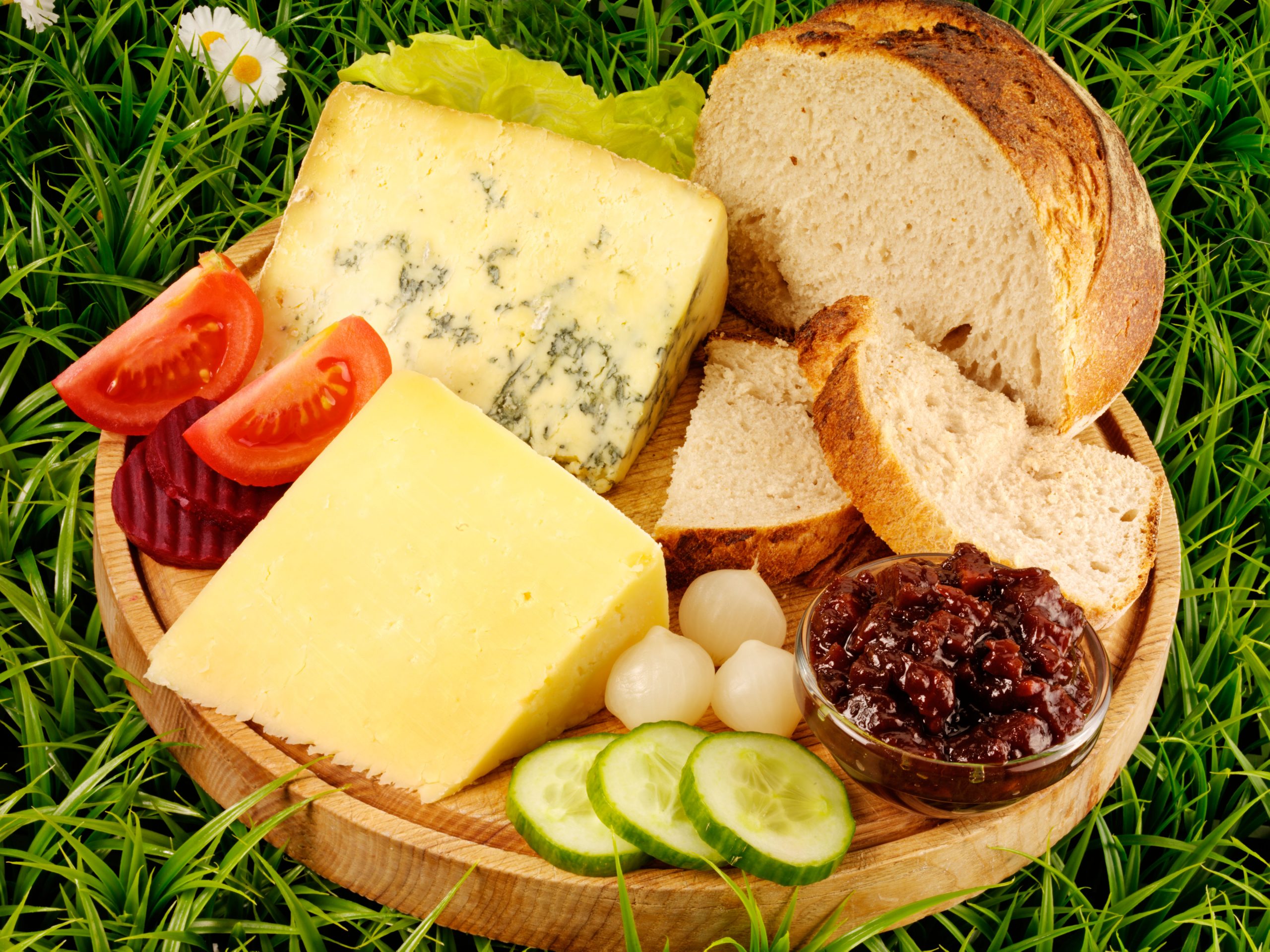

Dicky Harrison, the landlord of The Tors in Belstone, found himself in a pickle recently when he renamed the ploughman’s lunch on his menu to a ploughperson’s lunch in recognition of the women farmers in the local Dartmoor area. What had all the hallmarks of a vintage social media storm, prompting accusations of political correctness gone mad, soon dissipated like the froth on top of a beer glass after mature reflection. It did, however, bring this classic British pub fare into the spotlight.
If there is a dish designed to evoke images of a bucolic England lost forever, it is the ploughman’s lunch, a simple repast of bread and cheese, designed to fill the stomachs of agricultural workers as they toiled on the land. In true Masterchef style, pubs nowadays cannot resist the opportunity to ‘elevate’ the dish. Harrison’s ploughperson feasts on Devon cheese, ham roasted with molasses and English mustard, pickled onion, chutney, and sourdough bread, albeit for £12.50, a far cry from what labourers really ate.
It is easy to see why bread, cheese, and ale made up the traditional meal of agricultural workers. They were common foodstuffs, easily carried to the fields, did not require cooking, and were filling. Those harvesting the fields at Bishopstone, a manor belonging to the Bishop of Chichester, in the 13th century were given, on flesh days, pottage, wheat bread, beef, and cheese for lunch and in the evening bread, cheese, and ale. On fish days, they had pottage, wheat bread, fish, cheese, and ale.
In the 18th century, Francis Grose’s A Provincial Glossary (1787) noted that Kentish ploughmen would ‘eat a bit of bread and cheese and drink some beer when they come out of the fields at ten in the morning and six in the evening’, while in the 19th century there was a clear expectation that agricultural workers would be rewarded for their labours with bread and cheese. So much so, in fact, that one group of ploughmen were so outraged when served with something else that they took their employer to court. Sheriff Robertson of Forfar, according to the Dundee Courier’s report on October 30, 1891, found in their favour and restored their right to bread and cheese.
Bread and cheese epitomised wholesome, nourishing food, which the 17th century Puritan preacher, Richard Baxter, noted was to the ploughman ‘more savoury to him, and breedeth fewer sicknesses, than the fulness and variety of the rich’. For public houses, especially in market towns, providing a meal of bread and cheese made commercial sense. It required little preparation, was what agricultural folk were used to, and cheese being especially dry and salty made the customers thirstier and drink more beer.
Even well into the 20th century, it was often the only meal available at many pubs. Martin Armstrong observed in The Weekend Review (1932) that ‘on these occasions in country inns when bread, cheese and beer seem so extraordinarily good, the alternative is generally nothing; and compared with nothing bread, cheese and beer are beyond compare’.
Curiously, the meal was known prosaically as ‘bread and cheese’ rather than a ploughman’s lunch. The Oxford English Dictionary notes that the first recorded instance of the use of the term ‘ploughman’s luncheon’ appeared in John Lockhart’s Memoirs of the Life of Sir Walter Scott (1837). It seems very much a one off and may just have been meant the luncheon of a ploughman rather than a specific type of meal. It was over a century later and thanks to a sustained advertising campaign that the term came to be associated with bread and cheese.
Exquisite houses, the beauty of Nature, and how to get the most from your life, straight to your inbox.
"After sampling sixteen cheeses and beer brewed by eight London brewers — those were the days — ‘there followed a “Ploughman’s Lunch” of cottage bread, cheese, lettuce, hard-boiled eggs, cold sausages, and, of course, beer’."
Rationed between 1942 and 1954, cheese’s natural relationship with beer had been severely damaged and sales of the dairy product were in the doldrums. Once rationing was over, the Cheese Bureau was set up ‘for the admirable purpose of popularising cheese and, as a corollary, the public house lunch of bread, beer, cheese, and pickles’, reported the Brewers’ Society’s A Monthly Bulletin in its July 1956 edition. ‘This traditional combination’, it went on, ‘was broken by rationing; the Cheese Bureau hopes, by demonstrating the natural affinity of the two parties, to effect a remarriage’.
The same edition gave an account of a tasting held at the splendidly named Samson and Hercules in Norwich, a dancehall rather than a pub, at which the writer and broadcaster, Adrian Bell, ‘made a spirited plea for the ‘auld alliance’ of beer and cheese’. He went on to tell of a pub near where he lived where ‘all you need say is, ‘Ploughboy’s Lunch, Harry, please’. And in a matter of minutes a tray is handed across the counter to you on which is a good square hunk of bread, a lump of butter and a wedge of cheese, and pickled onions, along with your pint of beer. Ploughboy’s Lunch, that’s called – remember those words: they stand for something pretty good’.
The following year, in its June 1957 edition, A Monthly Bulletin reported on a much grander tasting, organised by the Cheese Bureau and the Brewers’ Society, held at Fishmonger’s Hall in London with five hundred guests in attendance, After sampling sixteen cheeses and beer brewed by eight London brewers – those were the days - ‘there followed a “Ploughman’s Lunch” of cottage bread, cheese, lettuce, hard-boiled eggs, cold sausages, and, of course, beer’. Bell’s ploughboy had clearly grown up in the intervening eleven months.
The report went on in optimistic vein to assert that ‘this is just the sort of light midday meal that one might expect to find in an ordinary public house, where the customers do not wish to spend much time or much money on their lunch, and where the landlord cannot afford a catering staff. Licensed victuallers please note’.
Publicans did begin to take note, but it took a concerted publicity campaign over the next few years to re-establish the connection between cheese and beer and to associate the name of a ploughman’s lunch with the meal. Events were held around the country to promote the delights of English cheese and its pairing with beer. Newspaper reports of the events, such as those held in Preston in March 1960 and in Kensington in September 1961, still felt it necessary to explain what was meant by Ploughman’s Lunch. Even pubs had to educate the public. In 1962 a board outside the White Hart in the Sussex village of Catsfield, stated that ‘although lunch is not served, Salads and Ploughman’s lunch – beer and cheese – are always available’.
By the 1970s the ploughman’s lunch was firmly established on the pub menu and was at the height of its popularity. It seemed to fit in with the zeitgeist, appealing to a yearning for a lost and distant past, while pushed for all it was worth by publicans who appreciated the higher profit margins it offered over meals that had to be carefully prepared and cooked. The 21st century version of the meal is a much more elaborate affair, but it is salutary to note that the name, ploughman’s lunch, was cooked up by marketeers rather than handed down the centuries.
After graduating in Classics from Trinity College Cambridge and a 38 year career in the financial services sector in the City of London, Martin Fone started blogging and writing on a freelance basis as he slipped into retirement. He has developed a fearless passion for investigating the quirks and oddities of life and discovering the answers to questions most of us never even think to ask. A voracious reader, a keen but distinctly amateur gardener, and a gin enthusiast, Martin lives with his wife in Surrey. He has written five books, the latest of which is More Curious Questions.
-
 This Suffolk home is a perfect escape from the world and it comes with its own stretch of river and 20 acres
This Suffolk home is a perfect escape from the world and it comes with its own stretch of river and 20 acresThis idyllic home in Suffolk is the perfect village home.
-
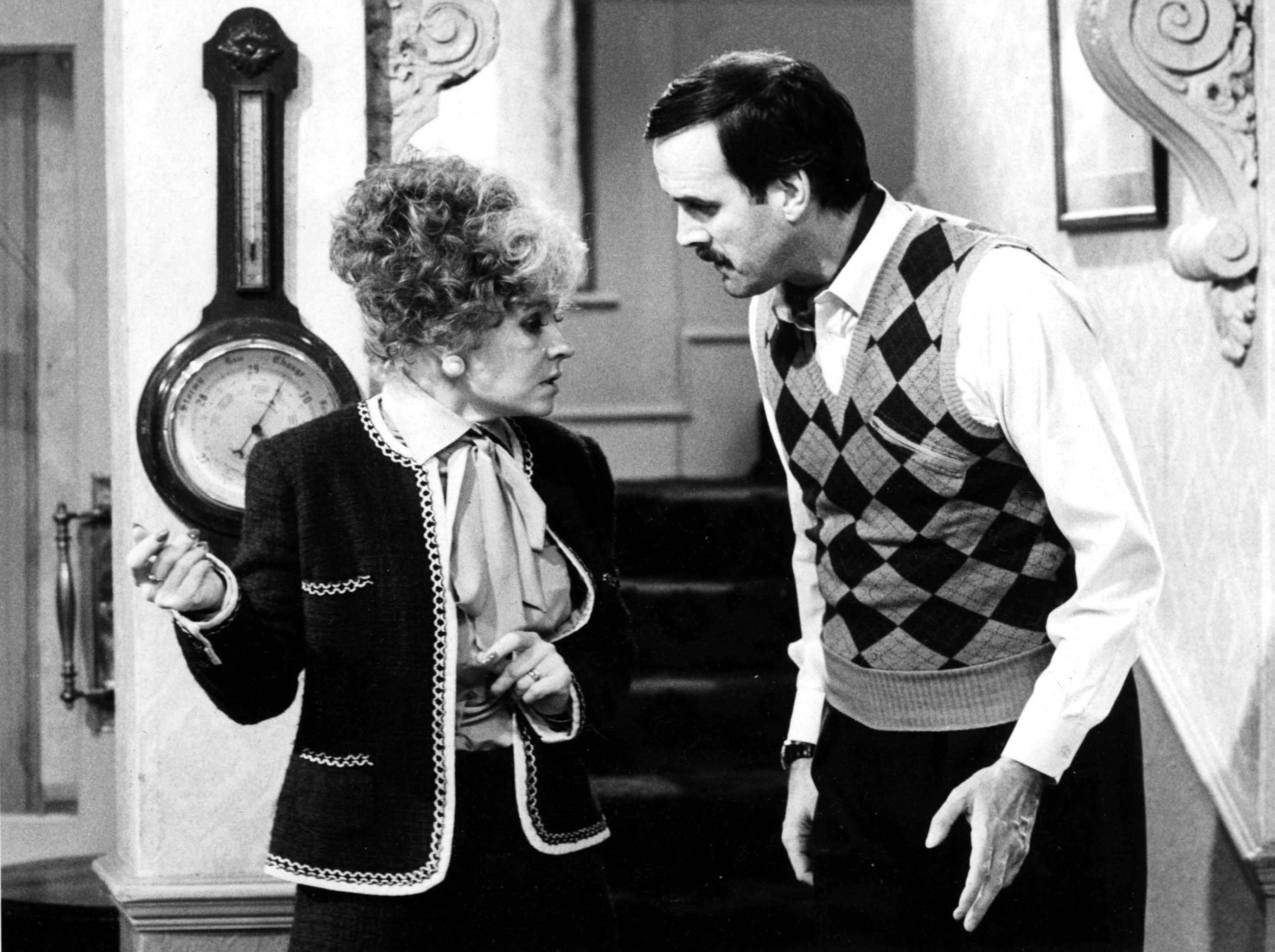 We remember Prunella Scales in the Country Life Quiz of the Day, October 28, 2025
We remember Prunella Scales in the Country Life Quiz of the Day, October 28, 2025The actor passed away today and is best known for her role opposite John Cleese in the TV programme 'Fawlty Towers'.
-
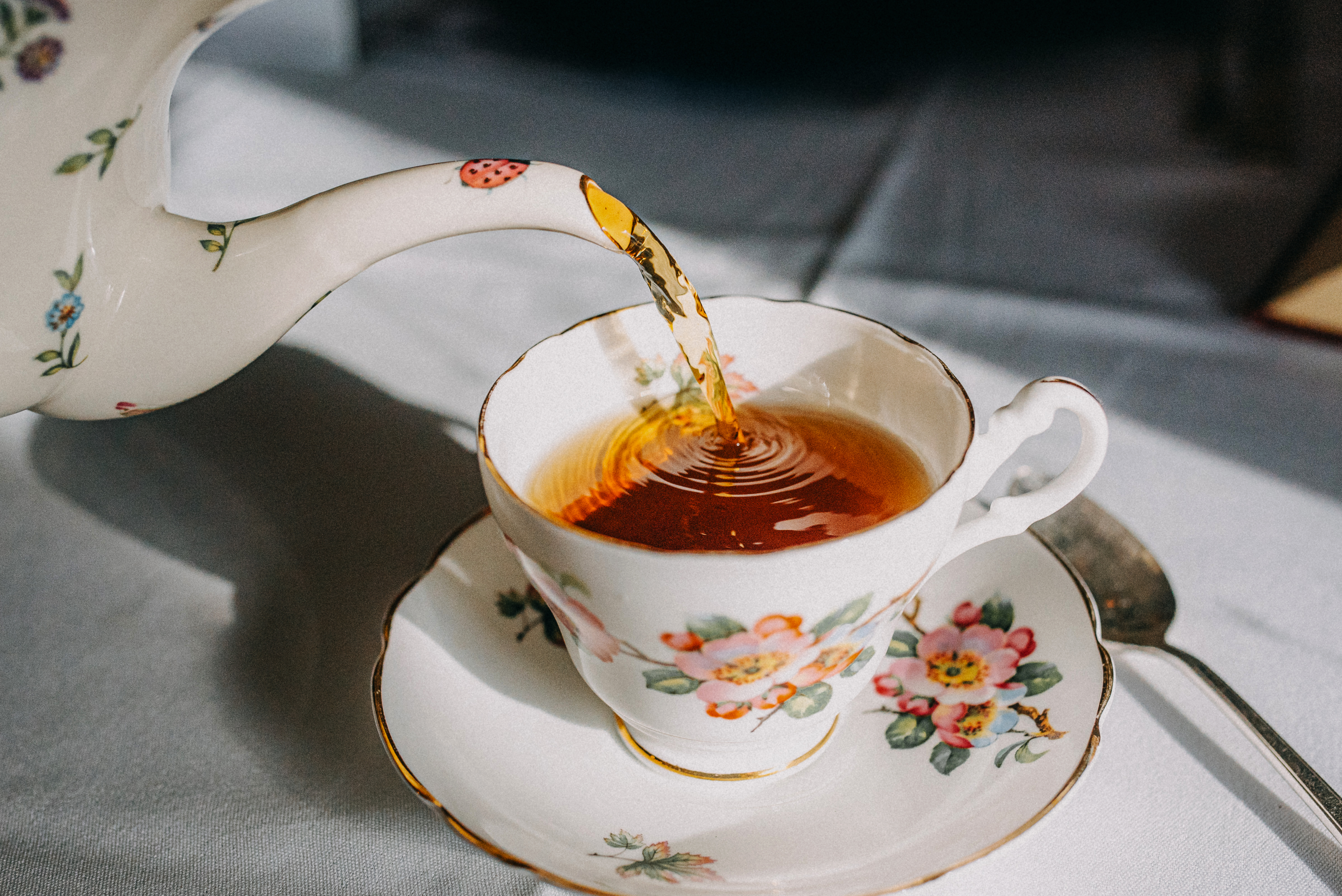 11 golden rules for making a perfect cup of tea
11 golden rules for making a perfect cup of teaWe drink tea every day, but are we doing it correctly? Who decided on the rules and do they really matter? Jonathon Jones reveals all.
-
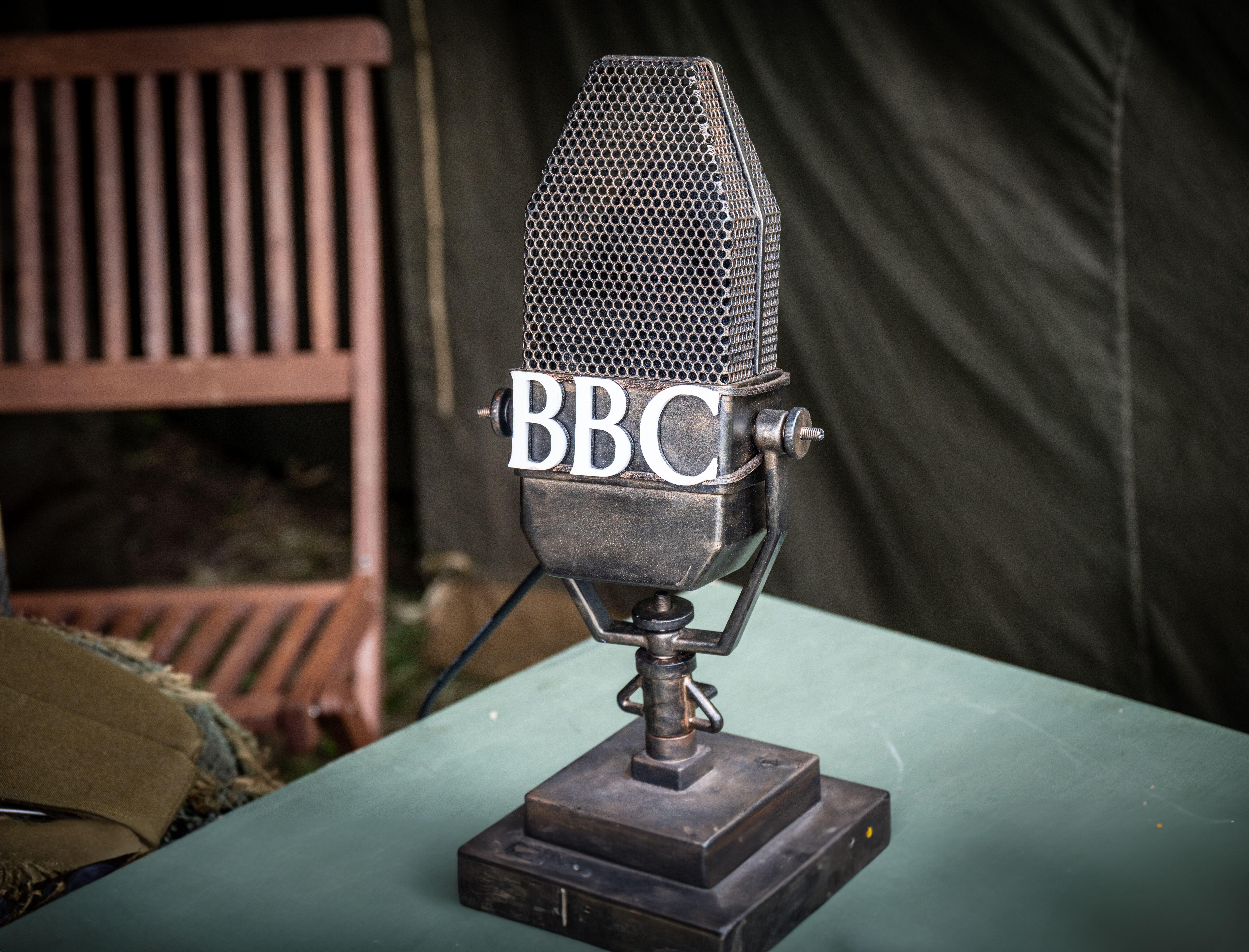 Curious Questions: What is the greatest April Fool's prank ever played?
Curious Questions: What is the greatest April Fool's prank ever played?As April 1 looms, Martin Fone tells the tale of one of the finest stunts ever pulled off.
-
 Curious questions: Why do we use Seville oranges to make marmalade?
Curious questions: Why do we use Seville oranges to make marmalade?Why do we use Seville oranges to make marmalade when there are more than 400 other varieties available worldwide? And do they really make the best preserve? Jane Wheatley investigates.
-
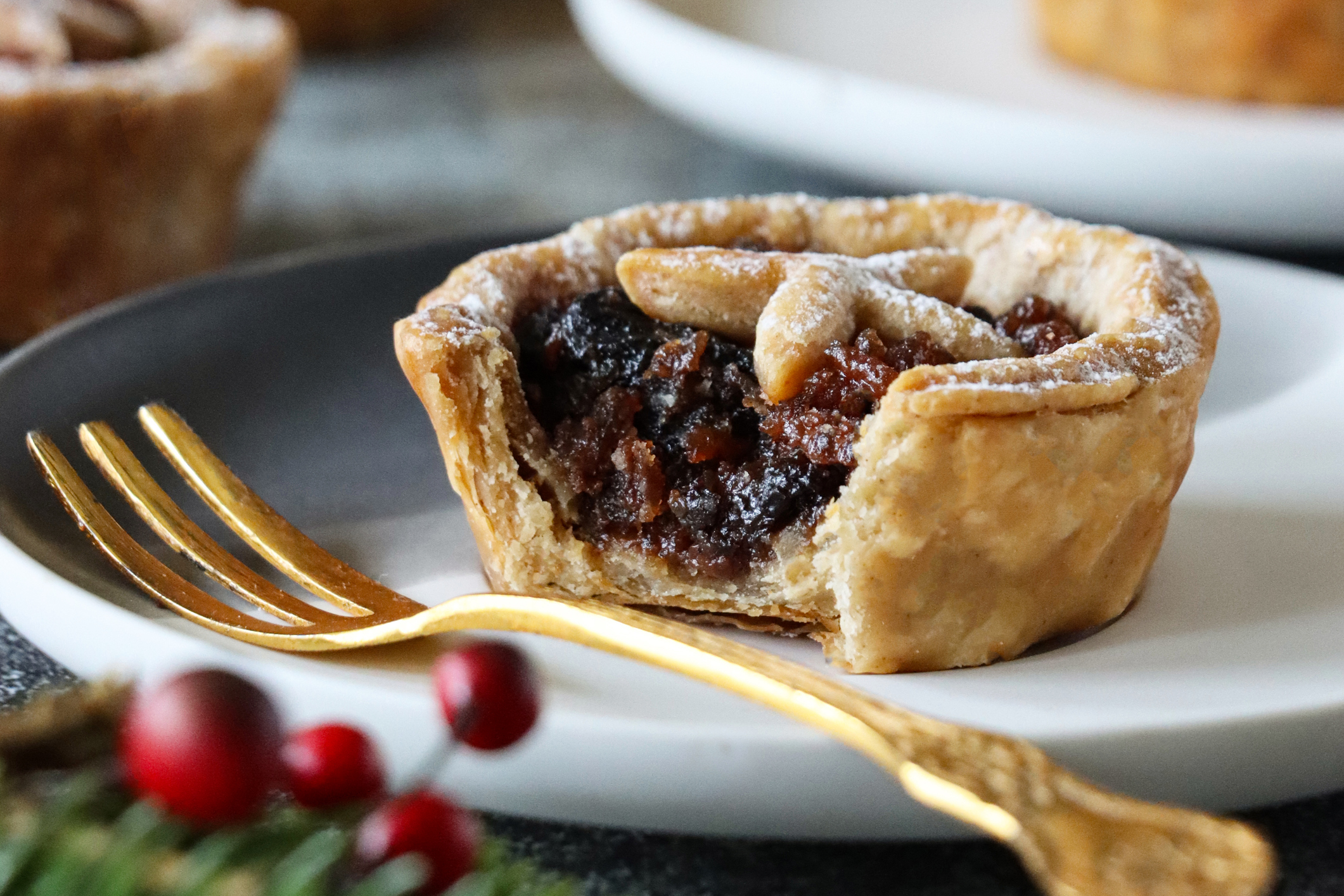 Mince pies really did once contain meat — and this Victorian recipe will convince you that they should to this day
Mince pies really did once contain meat — and this Victorian recipe will convince you that they should to this dayOnce packed with meat, such as ox tongue and mutton, alongside dried and candied fruit and extravagant spices, the mince pie is not what it once was — and food historian Neil Buttery says that's made them worse.
-
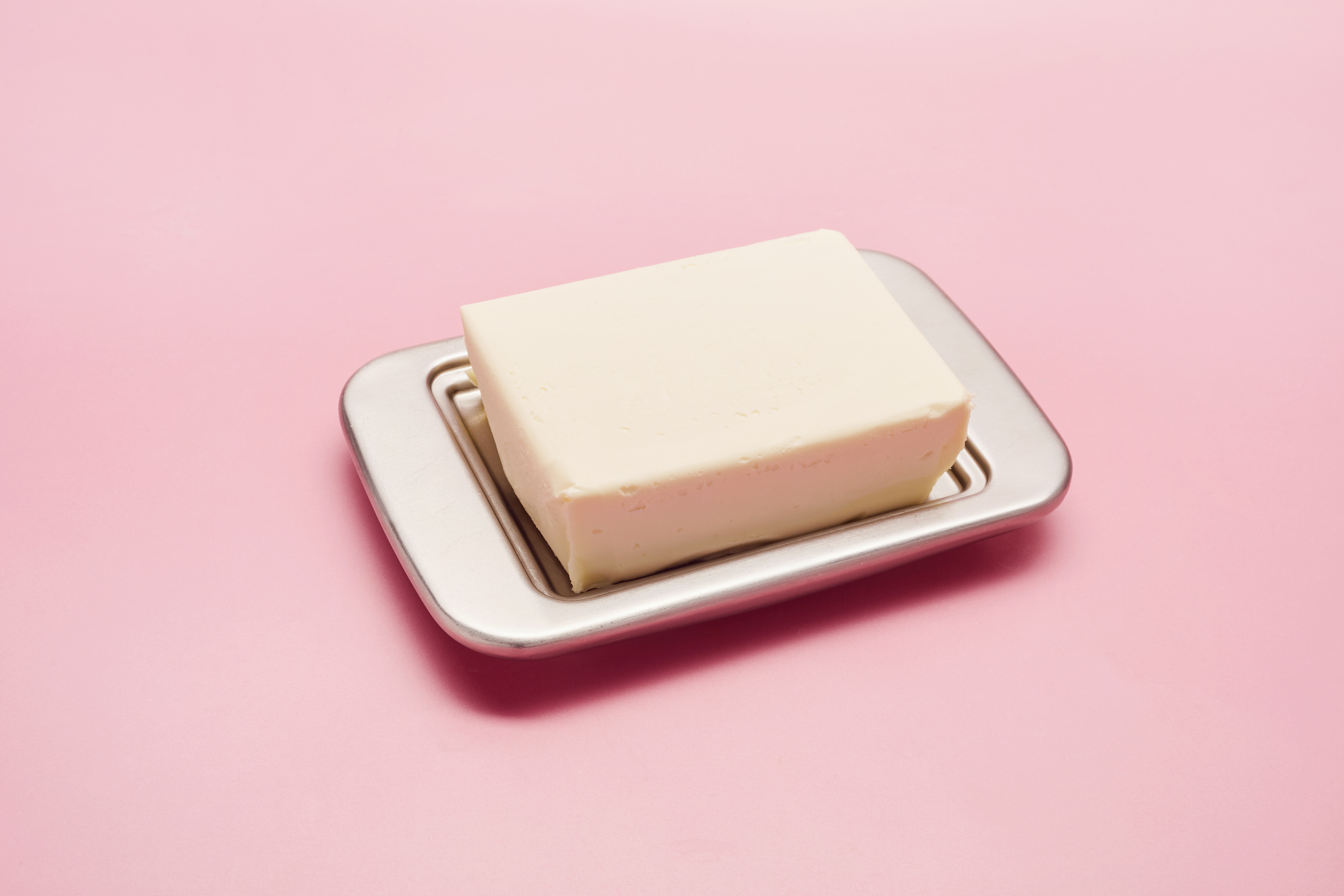 Curious Questions: Margarine used to be pink — but why?
Curious Questions: Margarine used to be pink — but why?Margarine has been a staple of our breakfast tables for over a century, but it hasn't always had a smooth ride — particularly from the dairy industry, who managed to impose a most bizarre sanction on their easily-spreadable, industrially mass-produced rival. Martin Fone explains.
-
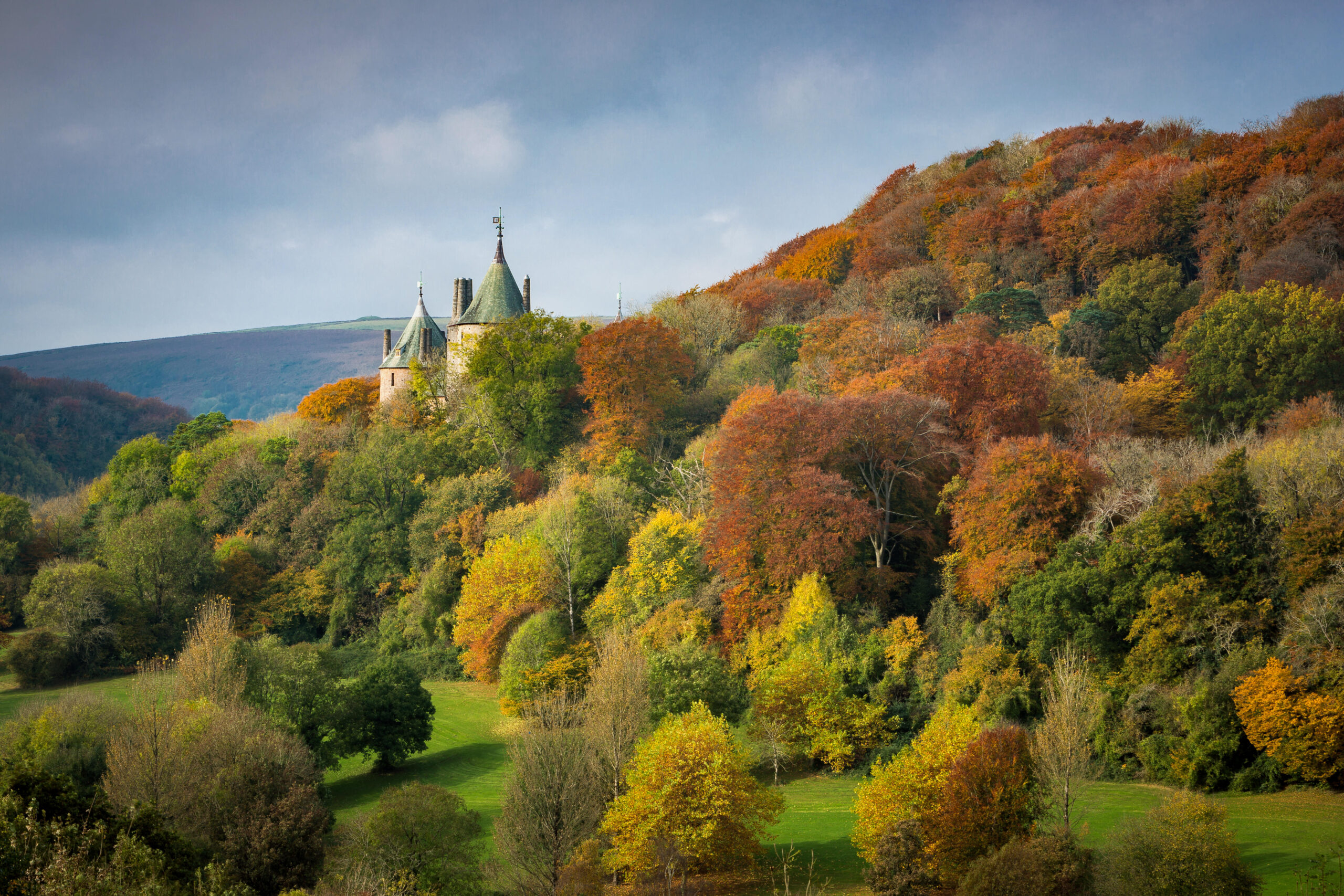 Curious Questions: Wine has been made in Britain for over 1,000 years — so why have we only just turned it into an industry?
Curious Questions: Wine has been made in Britain for over 1,000 years — so why have we only just turned it into an industry?With the UK wine industry booming, Martin Fone takes a look at its history.
-
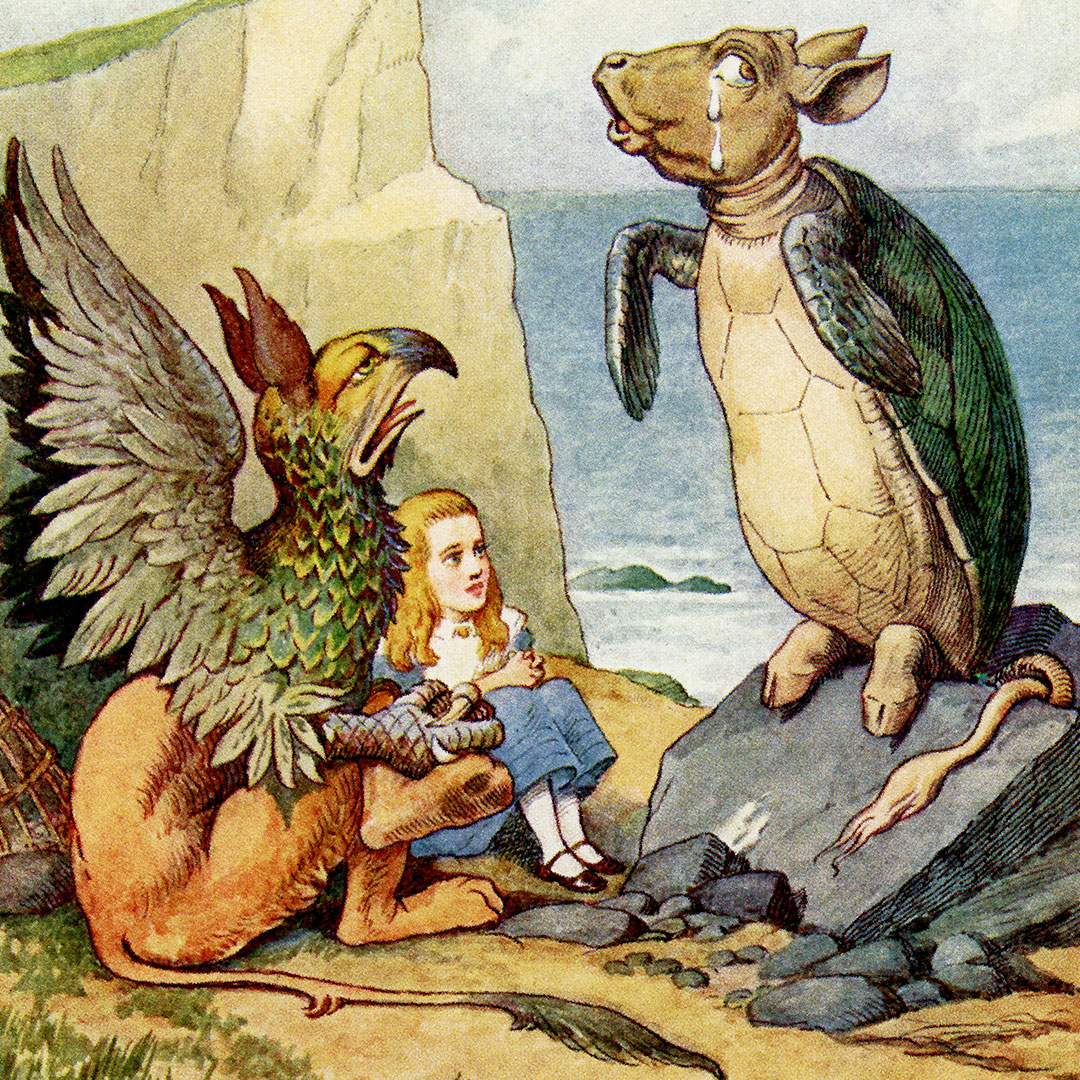 Curious Questions: What is mock turtle soup? And did it come before or after 'Alice in Wonderland'?
Curious Questions: What is mock turtle soup? And did it come before or after 'Alice in Wonderland'?Martin Fone delves into the curious tale of an iconic Victorian delicacy: mock turtle soup.
-
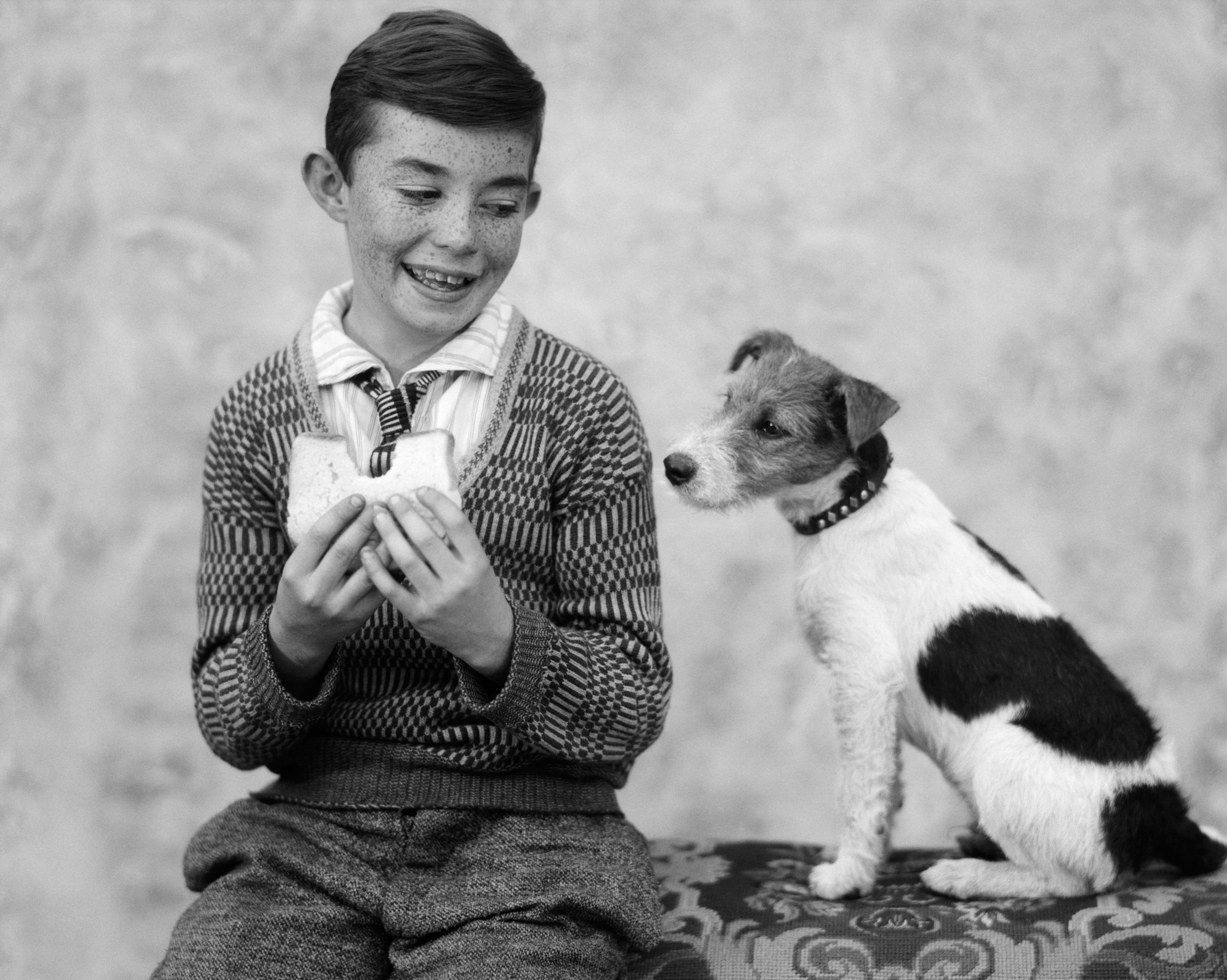 A game of two halves — how the sandwich went from humble fare to a country-wide lunchtime obsession
A game of two halves — how the sandwich went from humble fare to a country-wide lunchtime obsessionWhat started life as a way to eat and play cards at the same time (so the story goes) is now the lunch of choice for the working world.
